My favourite painting: Allan Mallinson
Military historian Allan Mallinson picks an image of 'faith, generosity and ultimate sacrifice'.


Allan Mallinson on 'The Last General Absolution of the Munsters at Rue du Bois' by Fortunino Matania
'The men in this painting were regulars of the 2nd Battalion, Royal Munster Fusiliers, many of them from Clare, Cork, Kerry and Limerick, four of the counties in the Irish province of Munster. When, in 1909, they were posted to Tidworth Garrison on Salisbury Plain, they found there was no Catholic church, so they covenanted their pay to build one: St Patrick’s and St George’s.
'Many of those men died in the attack the day after receiving the general absolution depicted in Matania’s painting. At Mass in “St Pat’s” each Sunday, I am always conscious of these Irish soldiers’ faith, generosity and ultimate sacrifice.'
Allan Mallinson is a military historian, writer and former soldier. His latest book, The Shape of Battle, is out now.
Charlotte Mullins comments on 'The Last General Absolution'
Soldiers stand by a roadside shrine near the village of Rue du Bois, as Father Francis Gleeson blesses them. His right hand is raised — mirrored by his horse’s pricked ears — and he looks out across the battalion as he offers general absolution, the Catholic Church’s last port of call when death is imminent. The sun reddens the clouds, a portent of the blood that will be spilled at the Battle of Aubers Ridge the following day. The bowed heads of the men, including the mounted commander Victor Rickard, present a unified moment of silence that, for many, will soon become eternal. Only one-quarter of the battalion will survive to see the morrow’s sunset.
Jessie Rickard, widow of the commanding officer, commissioned this painting as a tribute to her husband and the Royal Munster Fusiliers. It was painted by the Italian artist Fortunino Matania, who had worked in London for the illustrated weeklies since 1902, then reproduced as a print in The Sphere in 1916 and in Ireland’s Weekly Freeman’s in 1917. Rickard collated accounts of the event from survivors and passed them on to Matania, so that he could re-create the scene. As she wrote: ‘There are many journeys and many stopping-places in the strange pilgrimage we call life, but there is no other such journey in the world as the journey up a road on the eve of battle, and no stopping-place more holy than a wayside shrine.’
The original painting is believed to have been destroyed during the Second World War, but a copy by the artist recently came to light and was sold at auction for £21,000.
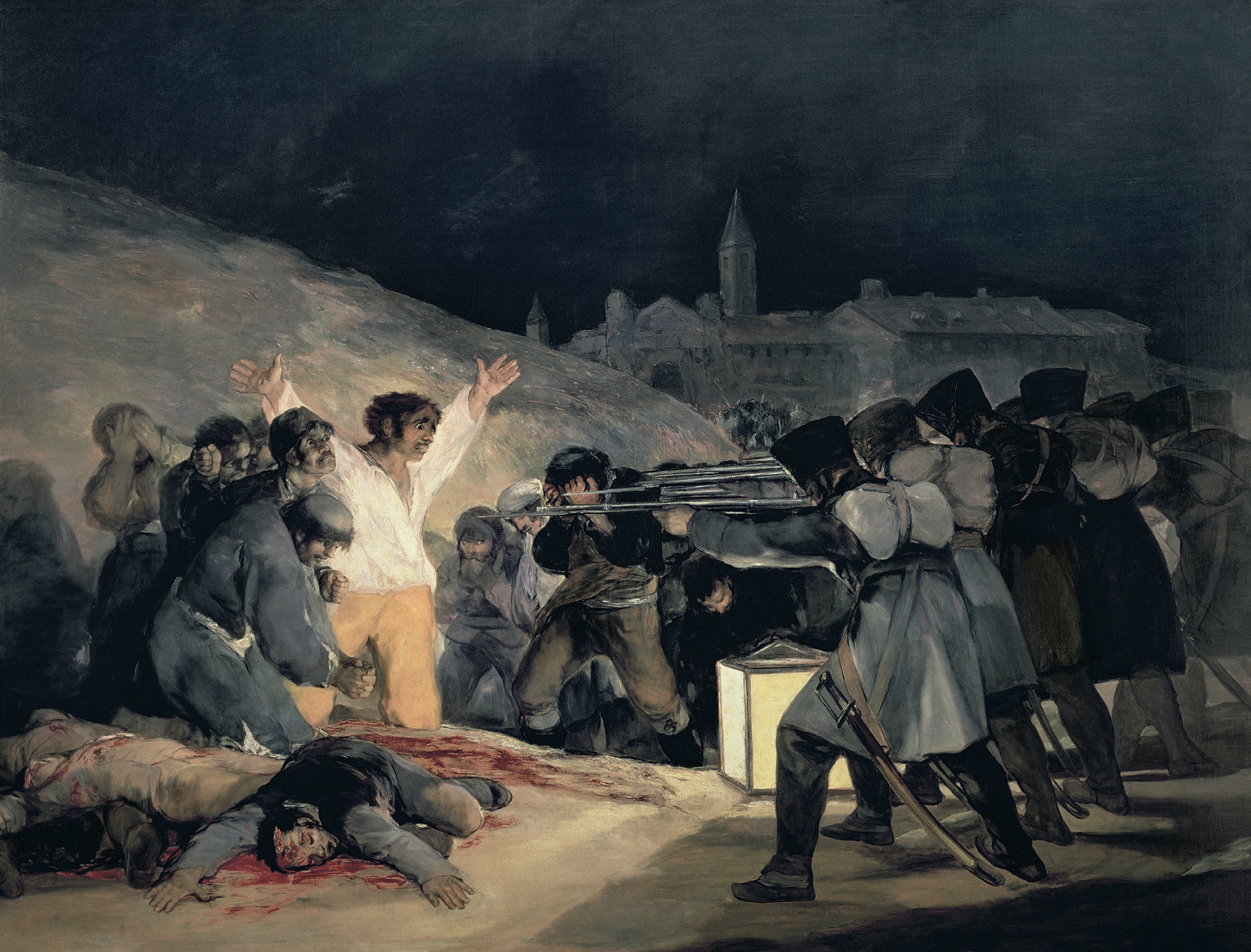
My Favourite Painting: Oliver Mears
Opera director Oliver Mears chooses a classic anti-war painting.
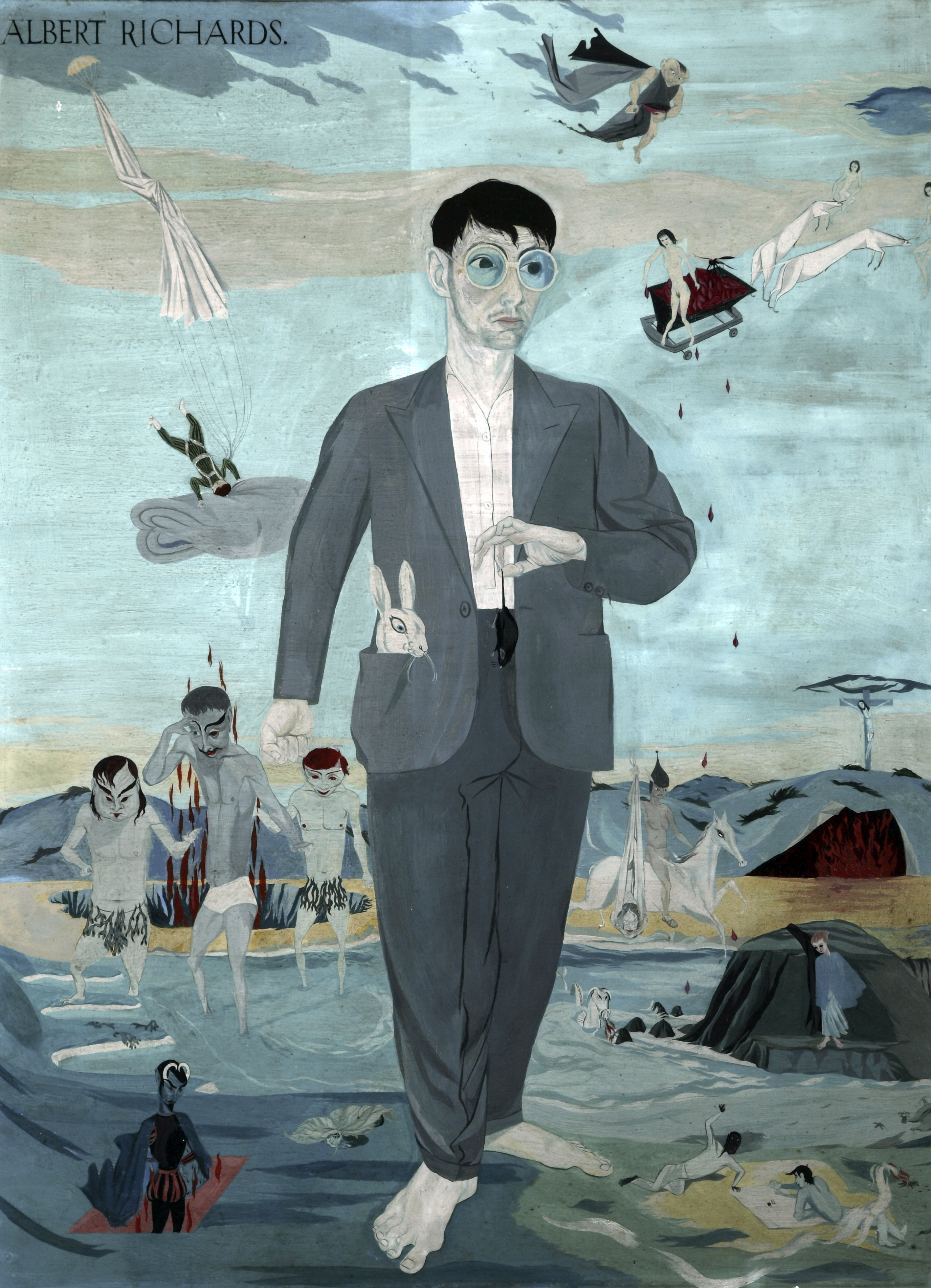
My Favourite Painting: Andrew Ellis
Andrew Ellis, director of Art UK, chooses a painting by a young war artist who was killed in pursuit of
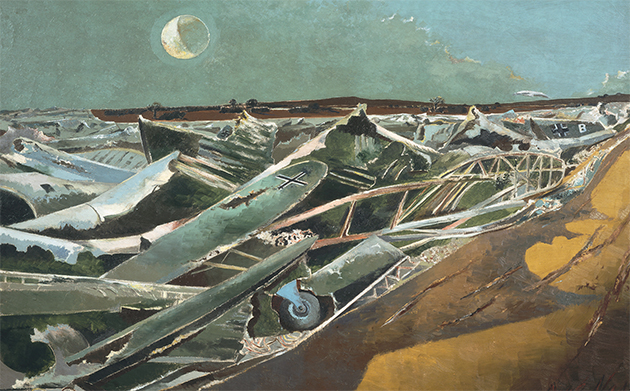
My favourite painting: Robert Macfarlane
Robert Macfarlane chooses his favourite painting for Country Life.
Sign up for the Country Life Newsletter
Exquisite houses, the beauty of Nature, and how to get the most from your life, straight to your inbox.
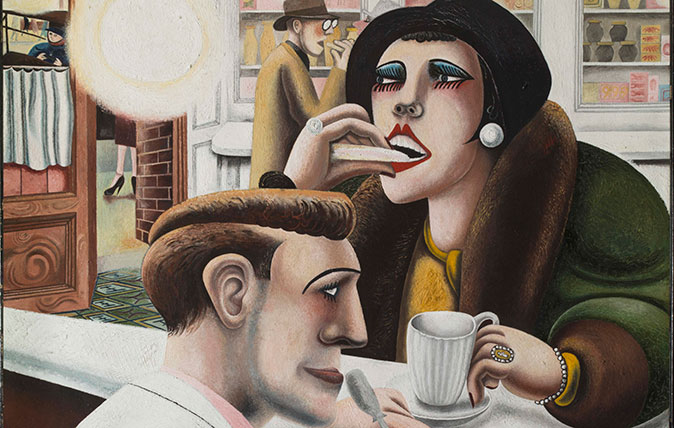
In Focus: The evocative, sensual masterpiece created in the wake of the First World War
Edward Burra was too young to have fought in the First World War, but his powerful oil painting The Snack

Charlotte Mullins is an art critic, writer and broadcaster. Her latest book, The Art Isles: A 15,000 year story of art in the British Isles, will be published by Yale University Press in October 2025.
-
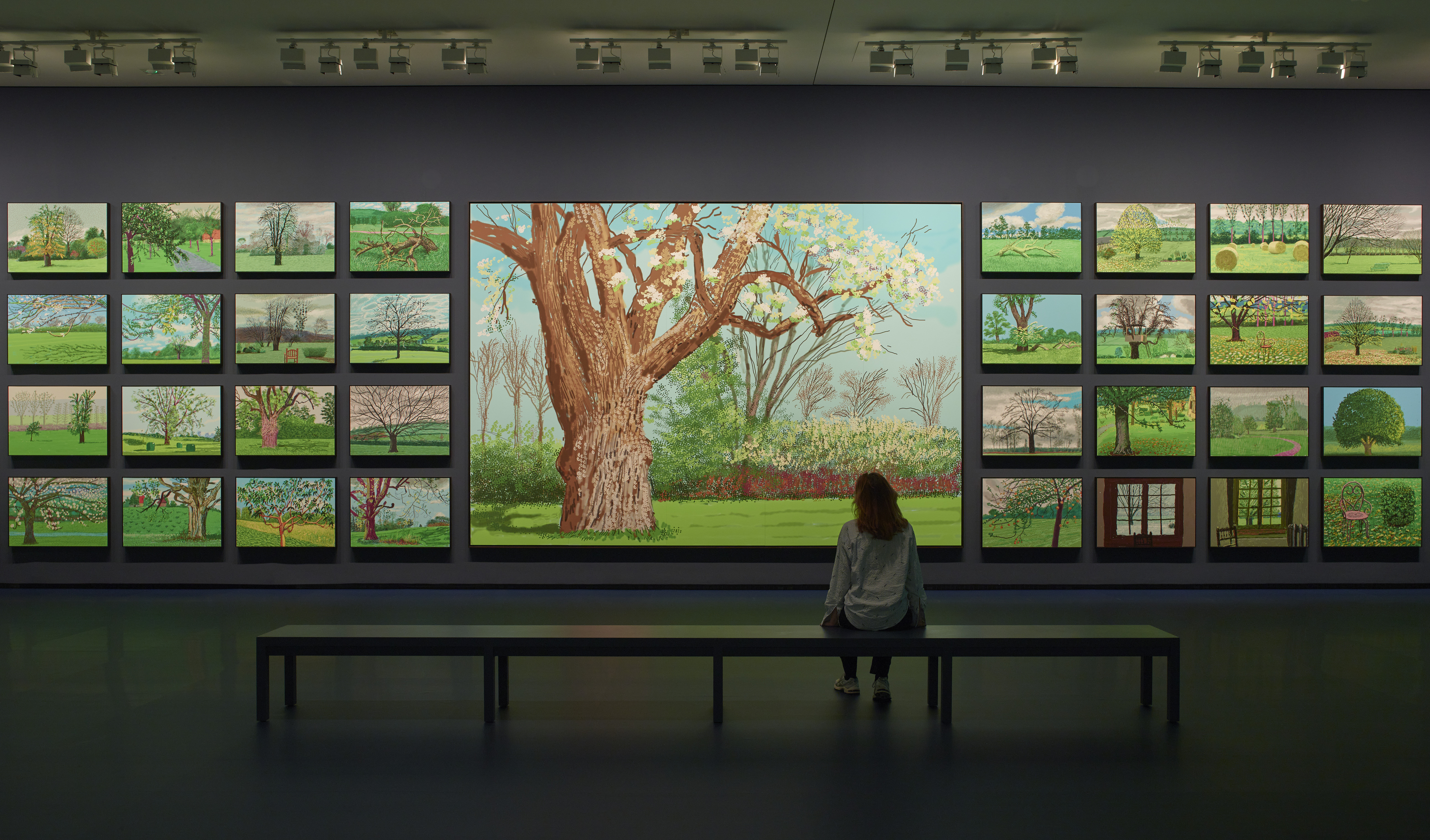 ‘David Hockney 25’ at the Fondation Louis Vuitton: Britain’s most influential contemporary artist pops up in Paris to remind us all of the joys of spring
‘David Hockney 25’ at the Fondation Louis Vuitton: Britain’s most influential contemporary artist pops up in Paris to remind us all of the joys of springThe biggest-ever David Hockney show has opened inside the Fondation Louis Vuitton in Paris — in time for the season that the artist has become synonymous with.
By Amy Serafin Published
-
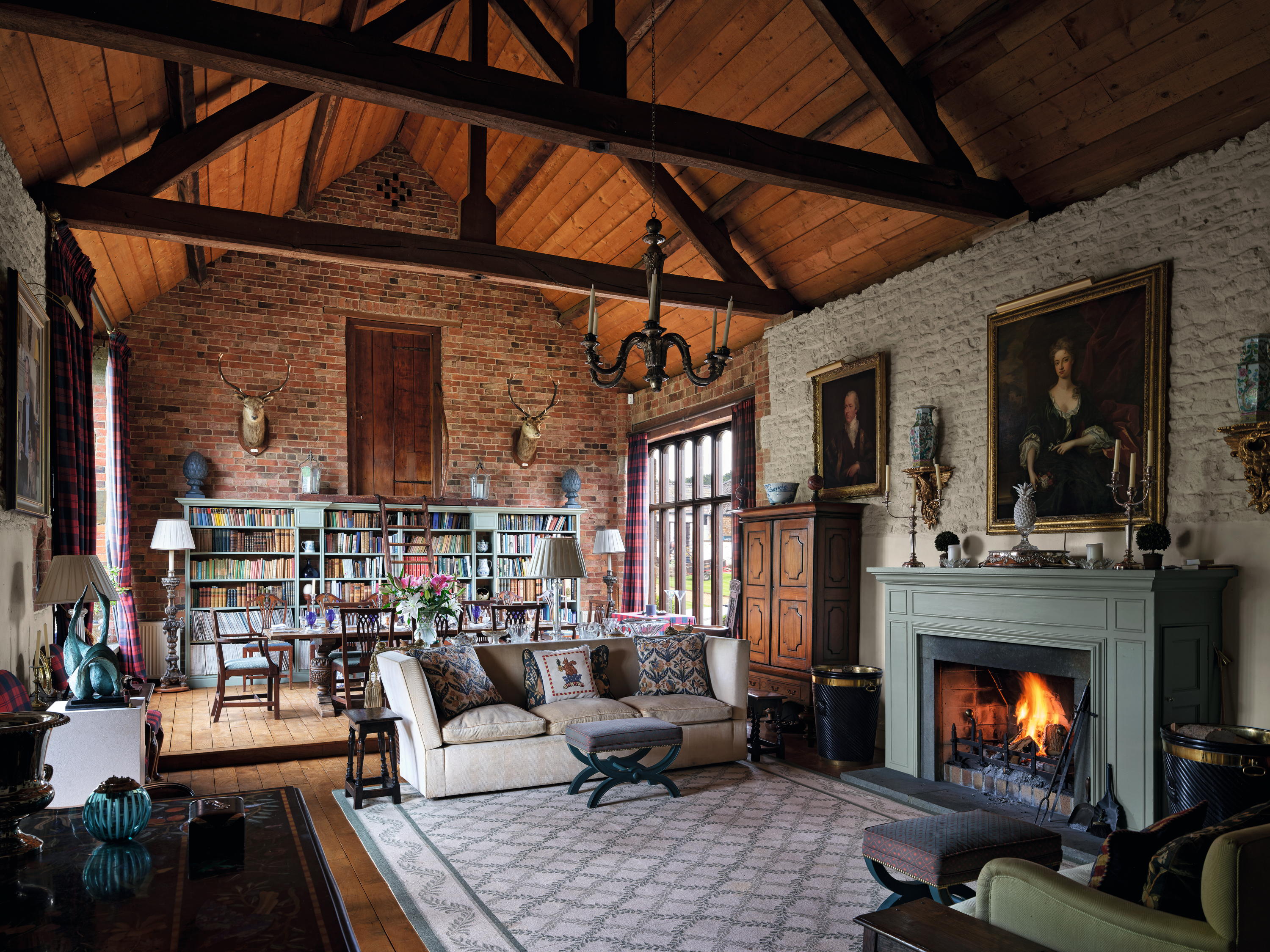 High Wardington House: A warm, characterful home that shows just what can be achieved with thought, invention and humour
High Wardington House: A warm, characterful home that shows just what can be achieved with thought, invention and humourAt High Wardington House in Oxfordshire — the home of Mr and Mrs Norman Hudson — a pre-eminent country house adviser has created a home from a 300-year-old farmhouse and farmyard. Jeremy Musson explains; photography by Will Pryce for Country Life.
By Jeremy Musson Published
-
 My Favourite Painting: Piet Oudolf
My Favourite Painting: Piet Oudolf'One cannot sense whether he is far out on the ocean or closer to shore, or what he may be watching or feeling in that moment as he stares towards the beach.’
By Country Life Published
-
 My Favourite Painting: Mary Plazas
My Favourite Painting: Mary Plazas'There is compassion, awe, humility, a knowing yet a questioning in the glistening eyes. It moves me, it inspires me beyond the need to know.’
By Country Life Published
-
 My favourite painting: Robert Kime
My favourite painting: Robert KimeRobert Kime shares his fondness for New Year Snow by Ravilious
By Country Life Published
-
 My Favourite Painting: Anna Pavord
My Favourite Painting: Anna PavordAnna Pavord chooses a picture which reminds her of where she grew up
By Country Life Published
-
 My favourite painting: The Duchess of Wellington
My favourite painting: The Duchess of WellingtonThe Duchess of Wellington chooses her favourite painting for Country Life.
By Country Life Published
-
 My favourite painting: Maureen Lipman
My favourite painting: Maureen LipmanMaureen Lipman chooses her favourite painting for Country Life.
By Country Life Published
-
 My favourite painting: Jacqueline Wilson
My favourite painting: Jacqueline Wilson'I looked at this painting and decided to write about a Victorian circus girl one day'
By Country Life Published
-
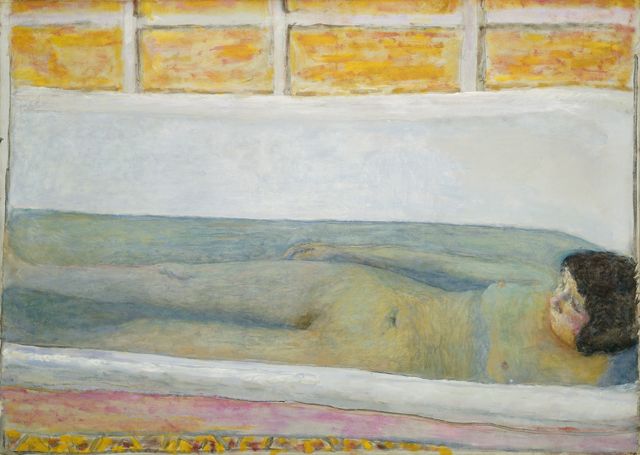 My favourite painting: Lauren Child
My favourite painting: Lauren ChildLauren Child chooses her favourite painting for Country Life.
By Country Life Published